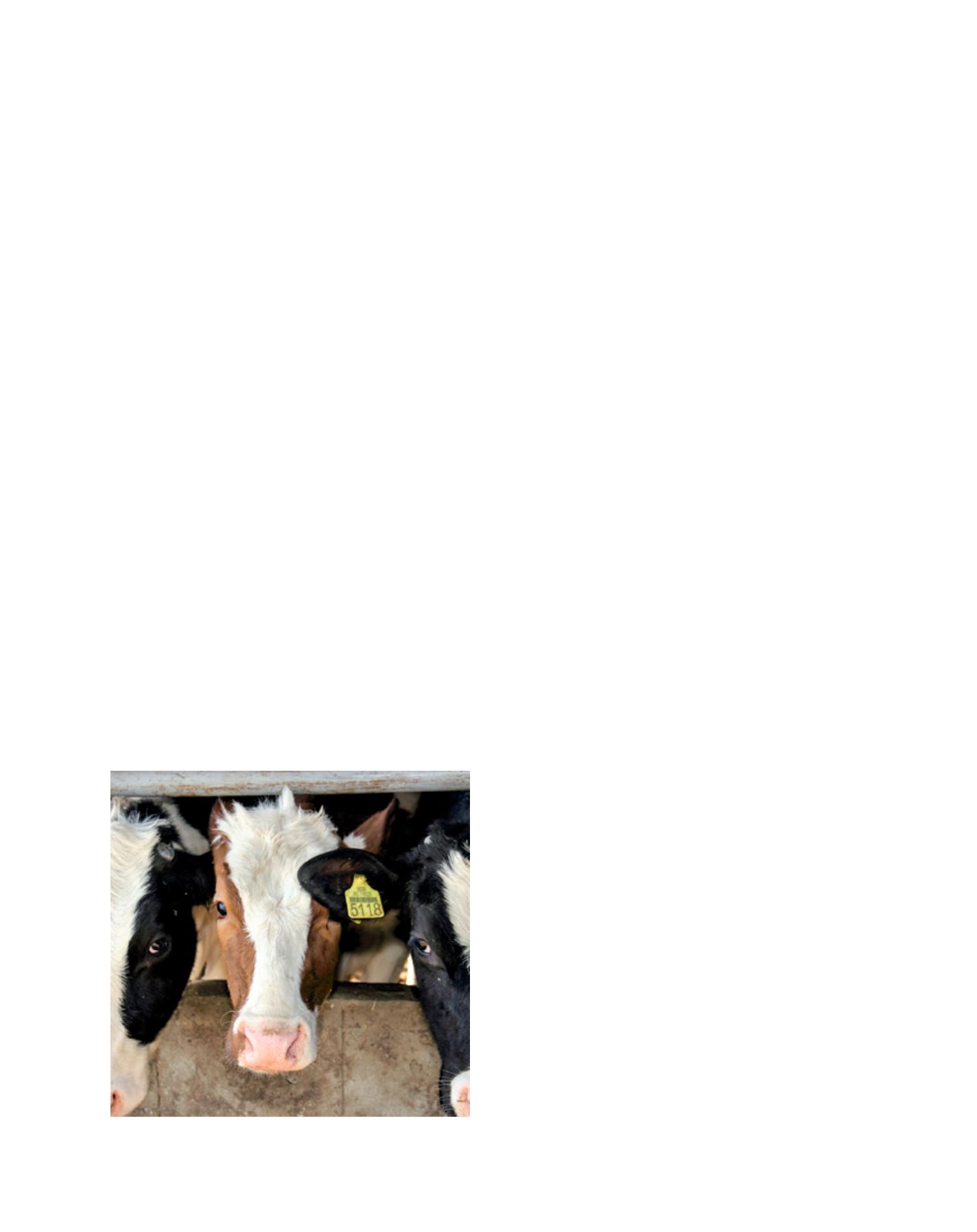

[
] 231
This long-term strategic document, defines:
• objectives, priorities and frameworks of political and
institutional reforms in the field of agriculture and rural
development
• a framework of budget support (total and per pillar),
which reflects the development commitment of the new
strategy
• indicators for monitoring the objectives realization,
position of family farms and opportunities for their
development.
The main strategic goals of this strategy are the growth of
production and income stability; growth of competitive-
ness with adjustments to the requirements of domestic and
foreign markets and technical-technological promotion of
the sector; sustainable management of resources and environ-
ment protection; promotion of quality of life in rural areas and
poverty reduction; efficient management of public policies,
and the promotion of an institutional frame for agricultural
and rural development.
Looking at farm structure in the Republic of Serbia, it is
evident that small-scale farms are dominant. Owing to their
number and specific ways of functioning, small family farms
represent an indispensable part of Serbia’s rural economy.
The ageing of family farms, migrations and globalization are
causing a significant decrease in the number of family farms.
On the other hand, small family farms, as invaluable guard-
ians of the countryside, need to be given special attention in
agricultural policy, because of the influence they have on the
preservation of rural resources and rural ambience, participa-
tion in local commodities and services markets, their own
production of food and the rural economy. Therefore, the basic
goal of the Strategy of Agriculture and Rural Development
2014-2020 is to define the specifics of rural areas through a
rural development policy and to ensure possibilities for the
growth of small family farms in Serbia.
Small family farms in Serbia make a very heterogeneous
group and could be divide into several categories. The cate-
gory of poor farms can be further divided to two subtypes:
ageing farms which are often run by a single person, and
farms owned by people who were once employed outside
of agriculture and/or have been long-term unemployed. The
next category is people ‘returning’ from urban areas. These
are mostly older, retired people or sporadically young fami-
lies which prefer rural ambience and are willing to start some
alternative activity on a small agricultural farm. The third
category is habitants of rural areas with regular incomes from
sectors outside agriculture. These could be entrepreneurs or
employees of public services or other firms in or near to the
place where they live.
The current potential of small rural farms in the Republic
of Serbia is modest, inadequate and thus insufficiently attrac-
tive for investments. For small rural farms, agricultural land
itself is the basis of their security, but equipment, facilities and
mechanization are very modest, outdated and rarely used for
gaining additional income.
Unfortunately, poverty in Serbia is mostly a rural phenom-
enon, and in certain periods rural areas have been almost two
times more affected by poverty than urban areas. Considering
that economic crisis has a strong impact on employment in
the agricultural sector – one of the most dominant sectors
in the rural economy – it is almost certain that the trend of
poverty growth in the rural areas will increase in upcoming
years. As the socioeconomic profile of small family farms is
very diverse, their survival strategies and consequently their
attitude towards agriculture and rural development should be
significantly different.
With all this in mind, the Ministry of Agriculture and
Environmental Protection has prepared the National
Programme for Rural Development of the Republic of Serbia
2015-2020 as a long-term plan that will address most of the
issues that rural areas are currently facing. It defines special
activities, all aiming to support the income of small family
farms. The policy of rural development for the Republic of
Serbia, defined by this programme, will focus on efficient
mechanisms that will coordinate agricultural development
and other activities in rural areas with principles governing
sustainable development, in an effort to improve living stand-
ards and quality of life in rural areas.
Diversification of the rural economy and the income of
small family farms has represented an important part of the
agrarian policy of the Republic of Serbia for many years now.
Agrarian policy is also orientated towards the production of
traditional food products, intended not only for local markets
but for international markets as well. An important part of the
Programme for Rural Development is dealing with the diver-
sification of rural activities, aiming to lessen poverty in small
farms by broadening their activities and engaging all resources
towards increased employment of members of these farms.
Currently there is an intense concurrency of agricultural
products, not only on the national market but also on the
global market. In their effort to be concurrent on the global
market, many producers are turning to the production of
traditional (authentic) products – that is, products with a
geographical indication, which are distinguished not only by
Small-scale producers are prevalent in Serbia’s livestock sector
D
eep
R
oots
















